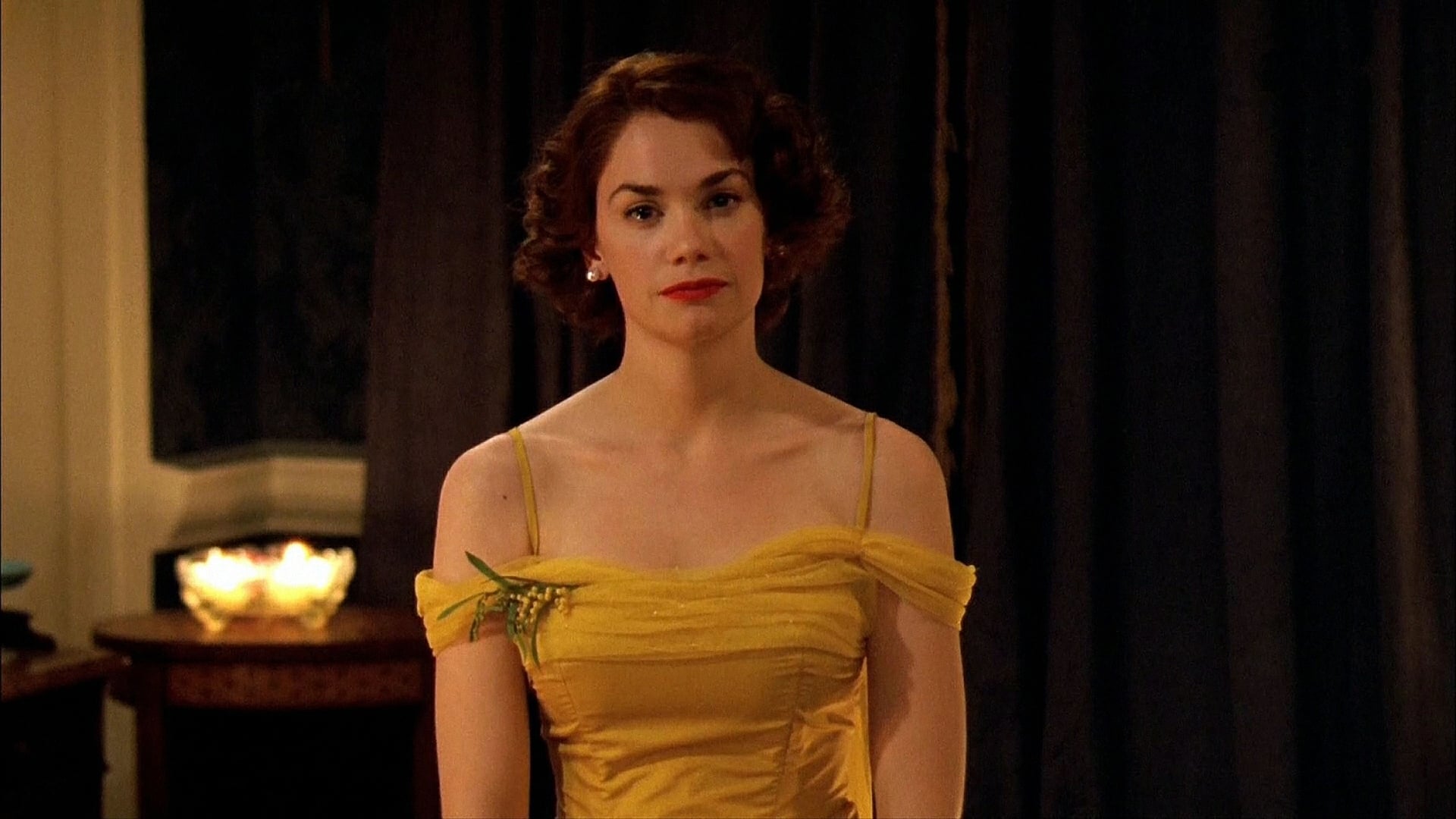
Capturing Reality Torrent
RealityCapture has only been publicly released in 2016 (for comparison, PhotoScan has been around since 2010) but has quickly gathered attention from professionals that are integrating 3D capture into their workflows. For instance, while game developer DICE used PhotoScan as their main photogrammetry tool for Star Wars: Battlefront (I about this), they also experimented with RealityCapture. Naturally I couldn’t wait to test this software to find out why many people are getting so excited. I did find out and I’ll tell you in a bit.
Creating high quality 3D models from photos or laser scans automatically and quickly are the key features of Reality Capture. Turn your phone or digital camera into a powerful 3D scanner and start.
(New) Versions & Pricing New for 2018: You can now get RealityCapture PGM with a perpetual license for. After that it’s $4000. Which means you have life time access (with one year of updates and support) to the software with no subscription fees or even an internet connection requirement. With this new pricing strategy the software is now par with an perpetual license of ($3499) or (€2400). Be aware that the new RealityCapture PGM version is strictly for Photogrammetry and doesn’t include laser-scan features (like Zephyr Pro). For those features you need the full version of RealityCapture, which costs $15,000.
A new comment on the post “slider-revolution-3-bg” is waiting for your appr= oval. Our team is composed of scholars and famous Lawyers with rich practice and high-level legal theoretic knowledge exert us to introduce professional, comprehensive and authentic legal information on international economy and trade at our website, to provide feasible and reliable best practice-based approach to any friends engaging in international business. Ghost 28821 90 hours.
The scope of this review is strictly photogrammetry for objects and I won’t test the laser-scanning features. There’s also a subscription-based “Promo” license. That’s comparable to (previously ReMake) on terms of monthly subscription but Autodesk’s solution is now strictly cloud-based and charges extra for that on a per-scan basis. RealityCapture processes locally on your computer with no restrictions in the amount of projects. The Promo version of RealityCapture does have a few limitations, namely a maximum of 2500 photos and no technical support.
It will also send anonymous statistics (purely some numbers, no scan data) of the models you export to the developer. Those limitations are no problem for my purposes and the scope of this review, which is mainly capturing small to medium sized objects.

Finally, you can also get the Promo version as a. If you just want to test how RealityCapture works and if it runs well on your PC, there’s a Demo version (without export possibilities). First, let’s take a look at the hardware I’m using for this Review: Camera Setup Because the surprisingly handy (pictured above) for photogrammetry I’ll use some results from that shoot. I designed the for the Foldio360 for use with Agisoft PhotoScan Pro.
RealityCapture can’t natively recognize coded markers but in general it’s nice to have a patterned floor surface — not necessary though. I used a 7 year old entry-level 18-megapixel Canon EOS 550D (Rebel T2i in the US) with kit lens, but you can use any camera (for the Foldio360, you do need one that can be triggered with an infrared remote). A brand new EOS 1300D (Rebel T6) is. Of course, a better camera with more megapixels and (especially) a sharp (50mm) prime lens will result in better 3D models.
I used two simple, umbrella-style 85W studio lights () and a simple black photography background (). You can also go for white or any other color but I wanted to prevent having to color-correct the photos and use the JPGs straight from the camera for efficiency. It’s easier to get a completely even background with black and a bit of under exposure. For non-turntable and outdoors shoots I used a 20.2 megapixel mirrorless camera. I like it because it’s light and can be controlled remotely with a smartphone app over WiFi. Perfect for tricky shoots of statues like the one below for which I used an extended monopod. Computer Setup My system is an gaming PC with an i5 dual core processor, 32GB of RAM and an Nvidia GTX 1070 card.